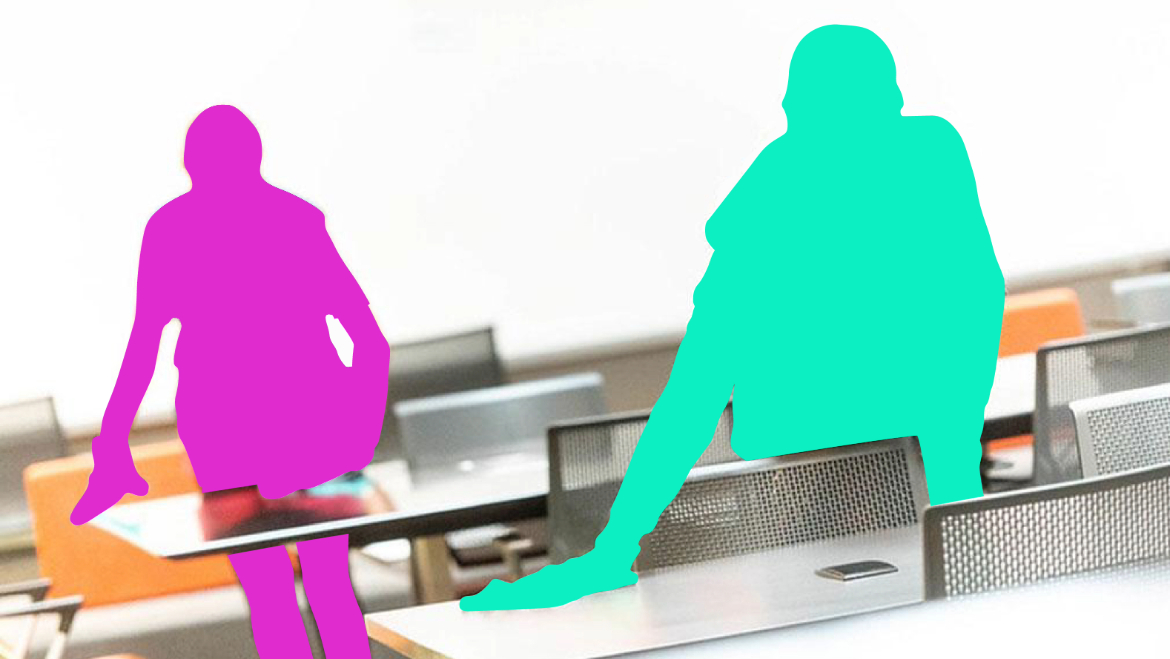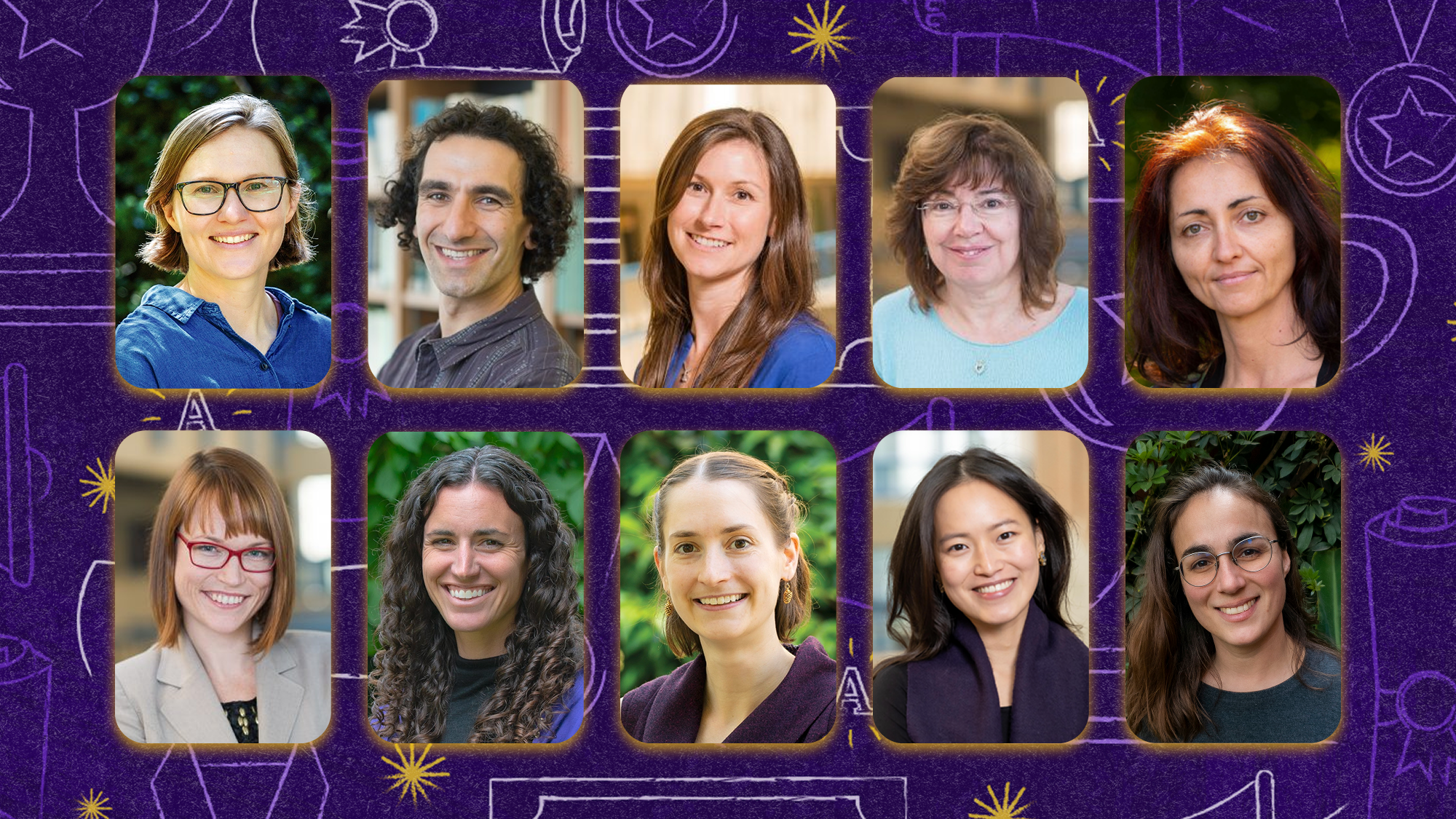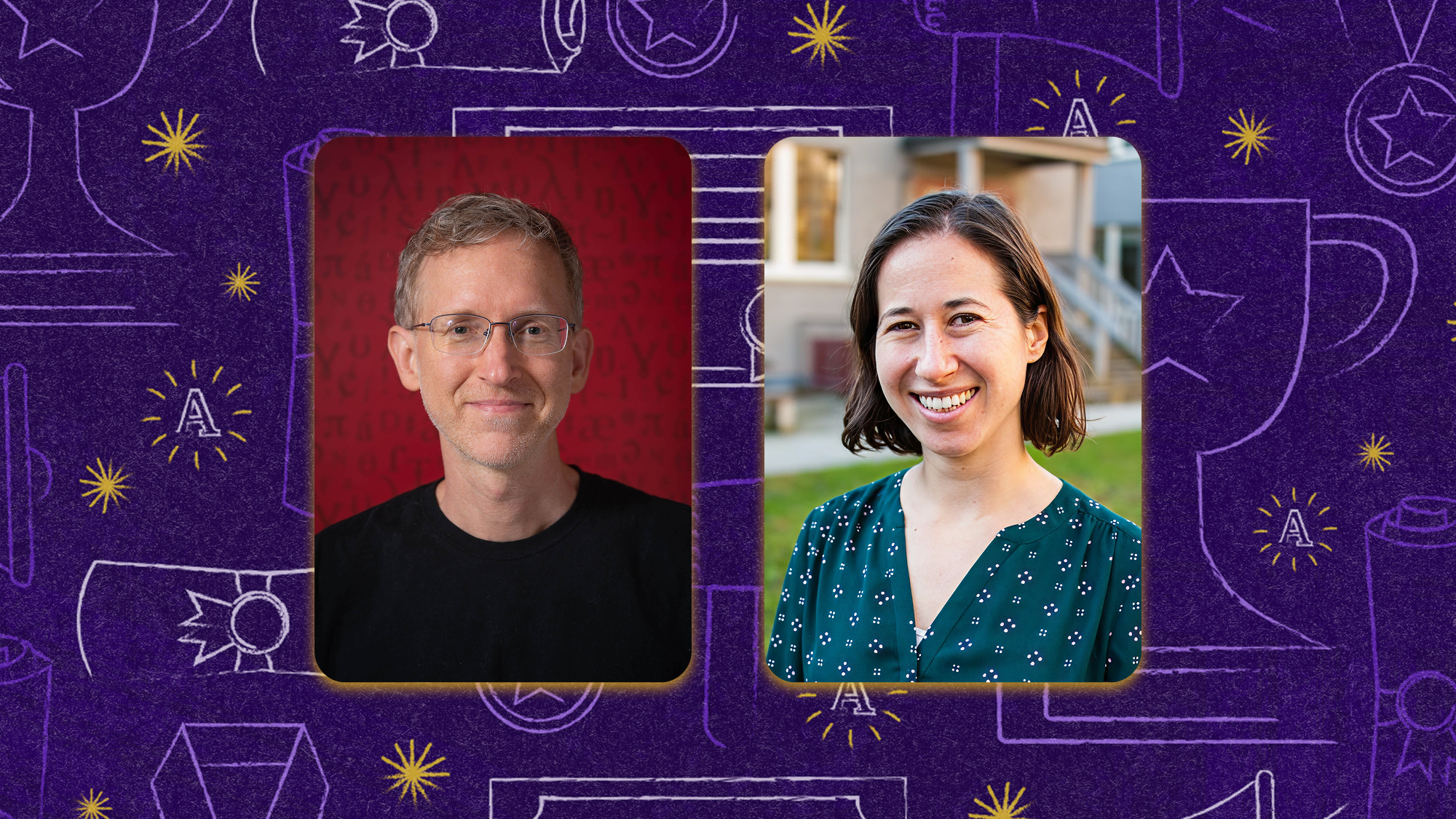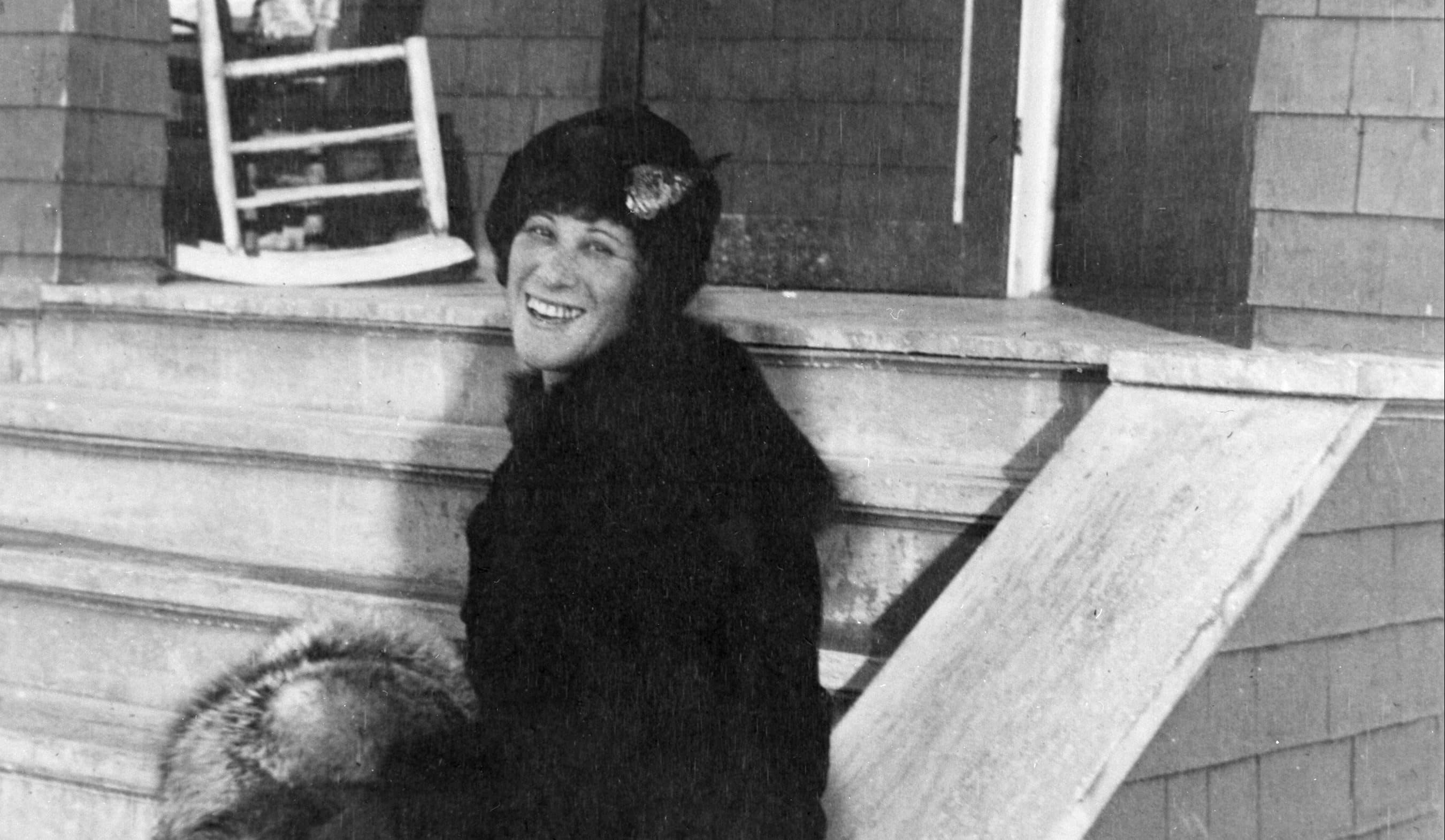

Winnifred Eaton. Photo credit: Glenbow Western Research Centre, University of Calgary
UBC has launched the Winnifred Eaton Archive, a new digital archive providing access to the collected works of the popular and controversial Asian North American author, journalist, screenwriter and playwright Winnifred Eaton.
Born in 1875, Eaton was the first Chinese-American novelist and one of the earliest women screenwriters in Hollywood. Her works include novels, short stories and journalistic features inspired by her years living in Montreal and Alberta.
We spoke to Mary Chapman, Director of the Winnifred Eaton Archive, Professor of English, and Academic Director of UBC’s Public Humanities Hub, about what makes Eaton such a compelling figure.
Winnifred Eaton’s writing career began in 1895. What challenges did she face as an Asian North American writer during that period?
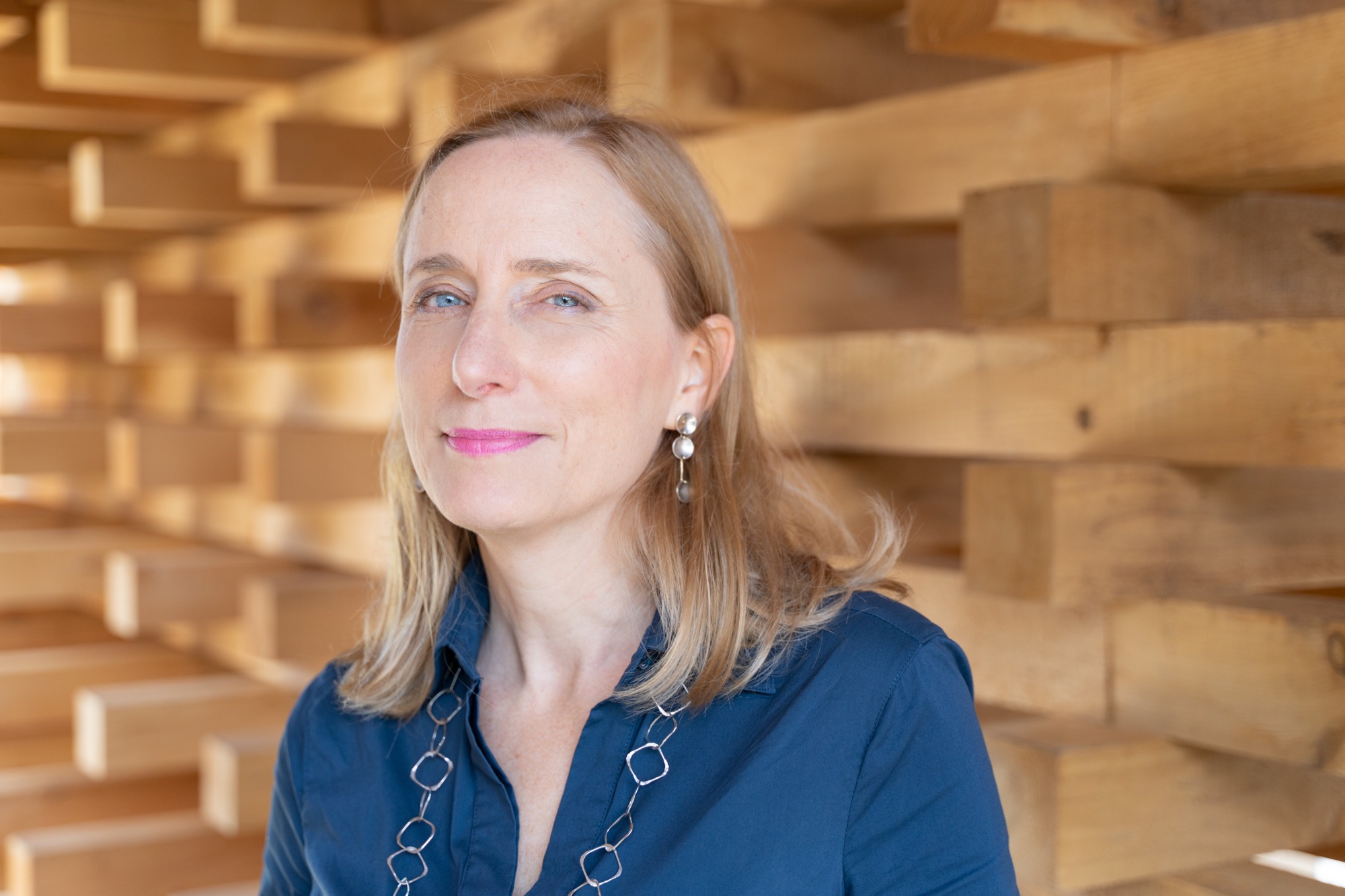

Mary Chapman, Director of the Winnifred Eaton Archive, Professor of English, and Academic Director of UBC’s Public Humanities Hub
Certainly, non-white people like Winnifred Eaton born in the 1870s in Canada would have experienced explicit and implicit racism throughout their lives.
However, there were also opportunities for writers of Asian backgrounds during this period. Certainly, the career of Winnifred’s older sister Edith, who published under the pseudonym “Sui Sin Far,” was enabled in no small part by the fact that regional US magazines had ethnographic interest in folk traditions, especially of non-white people (Indigenous people, Asian immigrants to California, et cetera) and local colour fiction, so they were keen to publish her fictional depictions of LA, San Francisco and Seattle Chinatowns.
Winnifred’s career seems to have taken off when she assumed the identity of Kitishima Tackehasche (her spelling!), a young Japanese woman who was writing fiction under the pseudonym “Onoto Watanna.” When her 1898 novel Miss Numé of Japan was well received, I think Winnifred found it hard to resist sustaining this ridiculous masquerade since she had cornered the market of Japanese romances.
So she kept it up until 1903 or 1904 when she was exposed as NOT Japanese. Then she actively tried to reinvent herself as a writer of content beyond the Japanese material she was known for. But even then, Winnifred continued to sign many of her works “Onoto Watanna” because it had name-recognition and was part of her “brand.”
Why is she sometimes referred to as the “bad” Eaton sister?
Her oldest sister Edith was also a writer. She published lots of journalism, short fiction, and poetry, some of which sympathetically depicted Chinese and Chinese North Americans. Edith is understood by critics to be the “good” Eaton sister because she took up an authentic (i.e. Chinese) pen-name “Sui Sin Far” and because the stories she told were based on her interactions with Chinese immigrants and her familiarity with Chinese culture through her Chinese mother and other Chinese people she knew in Montreal and beyond.
The Winnifred Eaton Archive includes a list of Eaton’s pseudonyms. Why do you think she wrote under so many different names?
Many authors during this period used a pen-name, or more than one pen-name, again, to manage their “brand.” Mary Ann Evans, for example, published novels under the name “George Eliot” and reviews and essays under her birth name.
Eaton published early works under her birth name, published Japanese romances and more under “Onoto Watanna,” and then published dialect fiction and fictionalized memoirs anonymously for a while, during the period she was trying to outgrow the “Onoto Watanna” persona. Then, after she re-married in 1917, she began to publish fiction and journalism and to write screenplays under her married name, Winnifred Reeve. She regretted the Japanese persona she had adopted earlier in her career — she called it a “cheap and popular device.”
How did Eaton’s early life in Jamaica and Montreal shape her career as a writer?
We know very little about the six months or so she spent in Jamaica, except what she says in Me: A Book of Remembrance and that work is fictionalized autobiography.
When she writes later in her life about her childhood in Montreal, she writes about challenges — getting spanked, drinking castor oil, having measles, listening to her mother scream, et cetera — and about adventures, for example being the “alarm clock” for a “gang” of older kids, boys mostly, who were performing pranks. Her fiction is full of drama and adventure, plucky heroines who get themselves into and out of trouble because of their wits.
What are some of the most interesting aspects of Eaton’s writing?
Although she’s best known for her Japanese texts, I think her Alberta writing is her most powerful because she writes about a landscape, a society and a culture she knows first-hand. Her 1923 novel Cattle provides a shocking description of the rape of a servant by her employer at a ranch. To represent a rape like this in fiction was very daring — her publishers worried it was perhaps too daring. Cattle is a powerful naturalist novel that I wish more people knew about.
What makes the Winnifred Eaton Archive special?
Because her career lasted over 40 years and because she wrote fiction, journalism, poetry, and more, texts that are either buried in bound periodicals or are out of print (not to mention the screenplays she wrote that are held in Special Collections at U of Calgary), it’s hard for researchers to understand her full career. The aim of the Winnifred Eaton Archive is to assemble her entire oeuvre in one place and make it fully searchable so that people can discover and appreciate her more easily.
What’s your favourite piece in the archive and why?
The team enjoyed assembling the biographical timeline because we could share what we know about Winnifred’s fascinating family — which included a British father who smuggled Chinese into the US during the Exclusion Era, a Chinese mother who toured the world as a tightrope dancer/member of a Chinese acrobatic troupe when she was a child, an older sister who was one of the first Chinese-American lawyers, as well as the writer-sister I already mentioned; we could feature portraits of her as well as photographs of people and places important to her; and we could correct some errors in her biography that we came across while doing our literary recovery work.
And the timeline is full of surprises because Eaton scholars and descendants were very generous about sharing their memories and photographs and insights with us.
The Winnifred Eaton Archive is an accessible, fully searchable digital scholarly edition of the collected works of Winnifred Eaton Babcock Reeve. It comprises page images and transcriptions of nearly 200 of Eaton’s publications and manuscripts.
